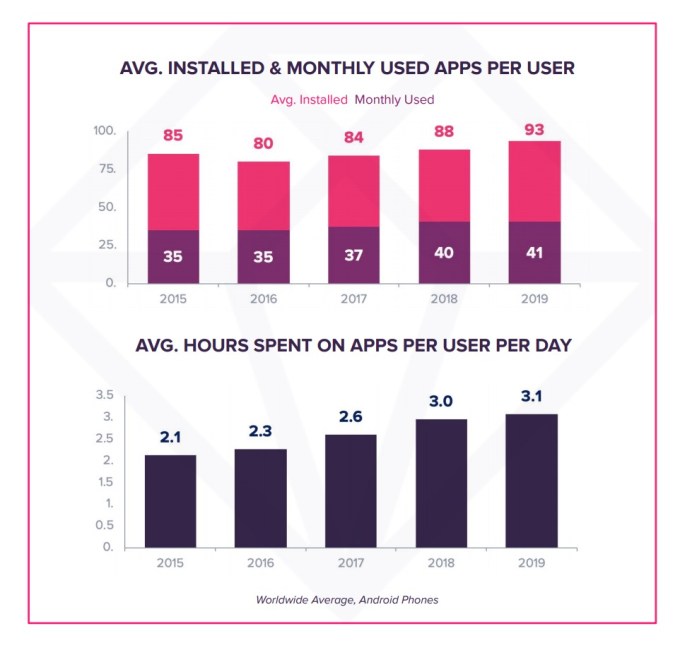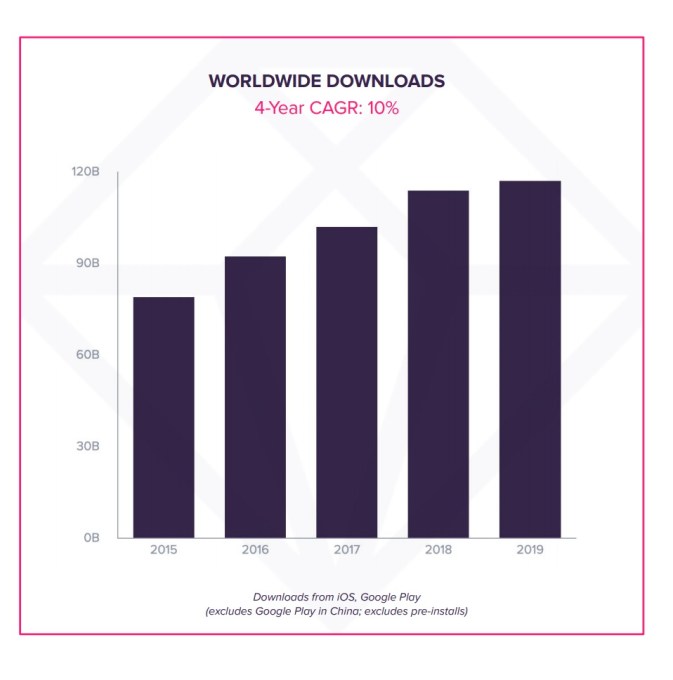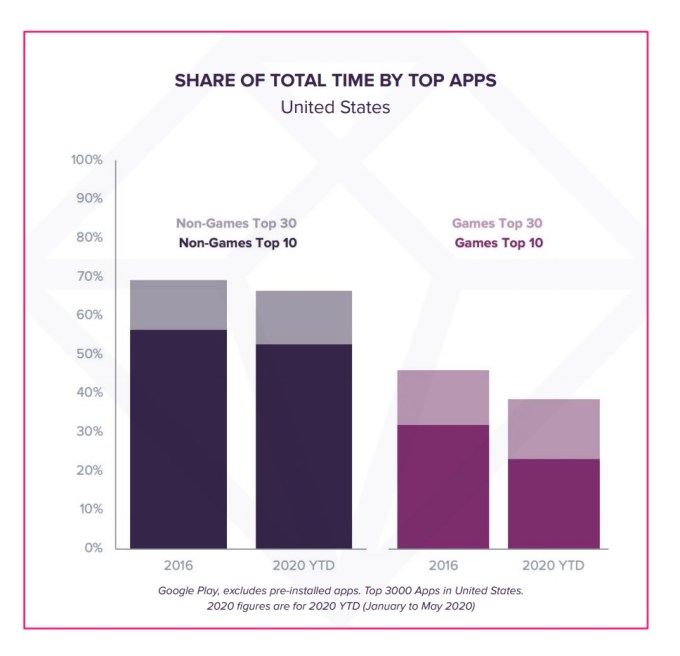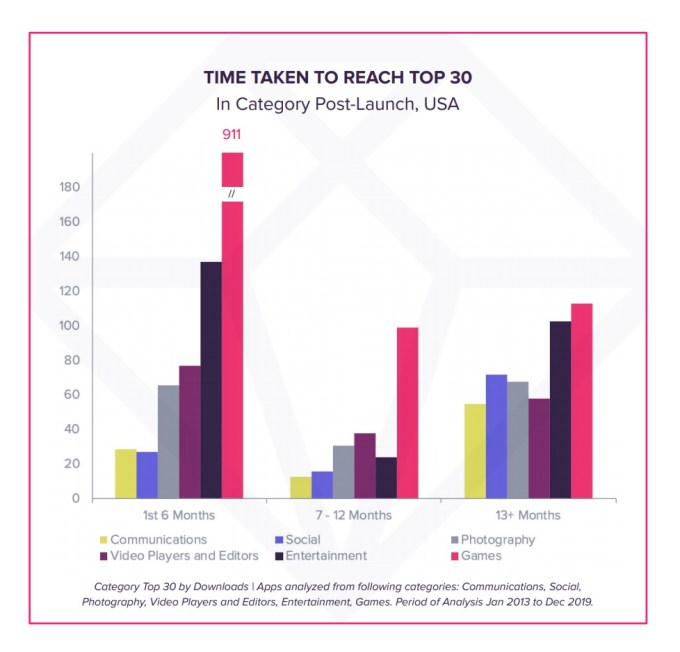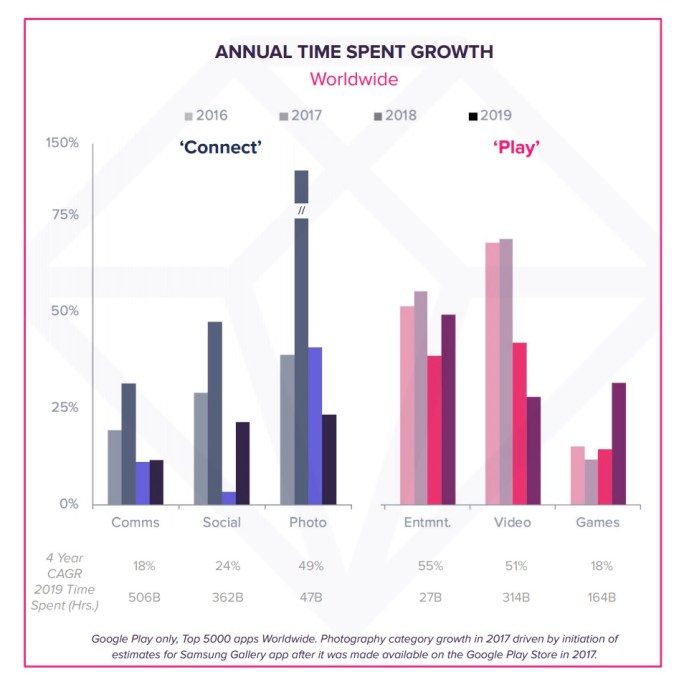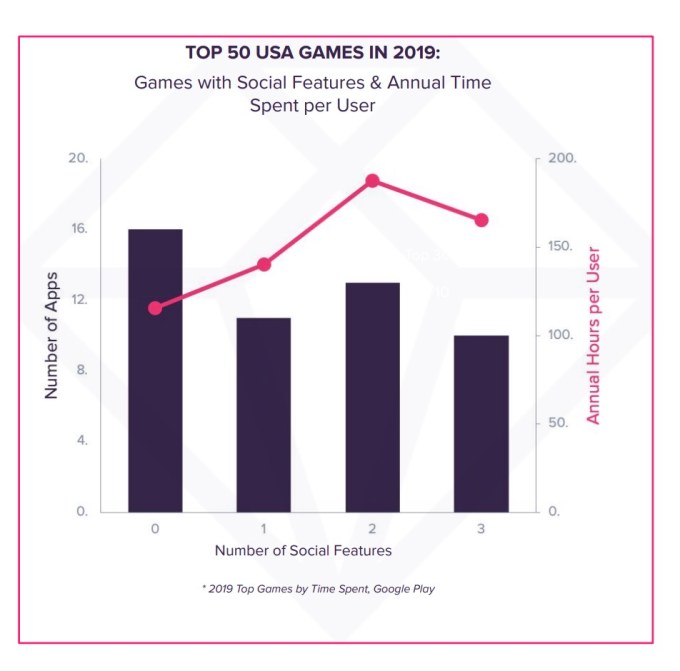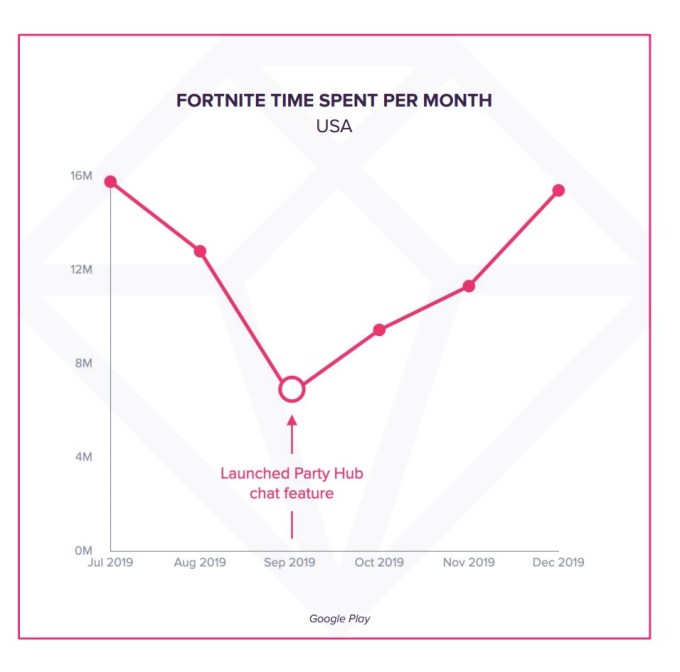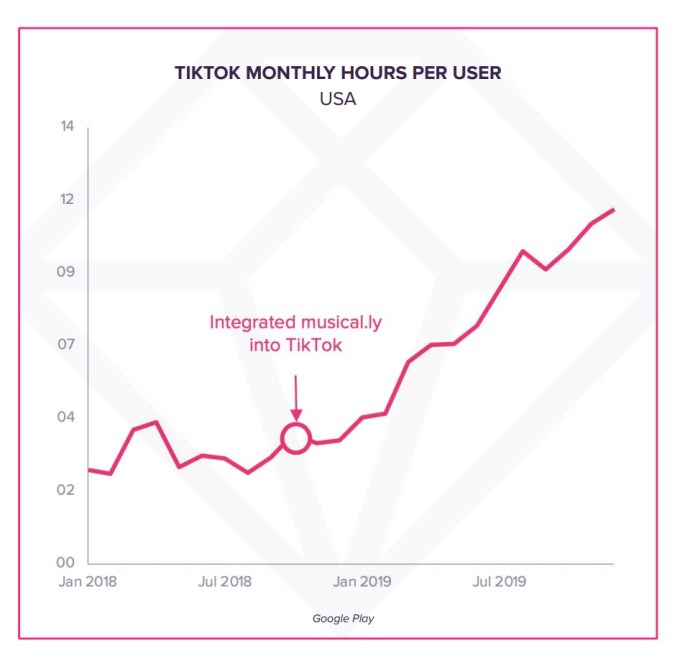The latest startup to see an uplift in inbound interest flowing from the remote work boom triggered by the coronavirus pandemic is Berlin-based Everphone, which sells a “mobile as a service” device rental package that caters to businesses needing to kit staff out with mobile hardware plus associated support.
Everphone is announcing a €34 million Series B funding round today, led by new investor signals Venture Capital. Other new investors joining the round include German carrier Deutsche Telekom — investing via its strategic investment fund, Telekom Innovation Pool — U.S.-based early-stage VC AlleyCorp and Dutch bank NIBC.
The Series B financing will go on expanding to meet rising demand, with the startup telling TechCrunch it’s expecting to see a 70-100% increase in sales volume versus the pre-crisis period, thanks to a doubling of inbound leads during the pandemic.
“The global pandemic has been a catalyst for growth in the field of digitization,” said CEO and co-founder, Jan Dzulko, in a statement. “We are currently experiencing a significant increase in demand at home and abroad, which is why we are aiming for European expansion with the funding.”
Everphone describes its offer as a one-stop shop, with the service covering not just the rental of (new or refurbished) smartphones and tablets but an administration and management wrapper that covers support needs, including handling repairs/replacements — with the promise of replacements within 24 hours if needed and less client risk from not having to wrangle traditional rental insurance fine print.
Other touted pluses of its “device as a service” approach include flexibility (users get to choose from a range of iOS and Android devices); lower cost (pricing depends on customer size, device choice and rental term but starts at €7,99 a month for a refurbished budget device, rising up to €49,99 a month for high-end kit with a 12-month upgrade); and rental bundles, which can include standard mobile device management software (such as Cortado and AirWatch) so customers can plug the rental hardware into their existing IT policies and processes.
Everphone reckons this service wrapper — which can also extend to include paid apps (such as Babbel for language learning) as an employee on-device perk/benefit in the bundle — differentiates its offer versus incumbent leasing providers, such as CHG-Meridian or De Lage Landen, and from wholesale distributors.
It also touts its global rollout capability as a customer draw, checking the scalability box.
Its investors (including German carrier, DT) are being fired up by the conviction that the COVID-19-induced shift away from the office to home working will create a boom in demand for well-managed and secured work phones to mitigate the risk of personal devices and personal data mingling improperly with work stuff. (On that front, Everphone’s website is replete with references to Europe’s data protection framework, GDPR, repurposed as scare marketing.)
“Everphone envisions that every employee will one day work via their smartphone,” added Marcus Polke, partner at signals Venture Capital, in a supporting statement. “With this employee-centric approach and integrated platform, everphone goes far beyond the mere outsourcing of a smartphone IT infrastructure.”
The 2016-founded startup has more than 400 customers signed up at this point, both SMEs and multinationals such as Ernst & Young. It caters to both ends of the market with an off-the-shelf package and self-service device management portal that’s intended for SMEs of between 100 and 1,500 employees — plus custom integrations for larger entities of up to 30,000 employees.
It says it’s able to offer “highly competitive” prices for renting new devices because it gives returned kit a second life, refurbishing and reselling devices on the consumer market. “Thanks to this profitable secondary lifespan, we are able to offer highly competitive prices and extensive service levels on our rental devices,” Everphone writes on its website.
The second-hand smartphone market has also been seeing regional growth. Swappie, a European e-commerce startup that sells refurbished iPhones, aligning with EU lawmakers’ push for a “‘right to repair” for electronics, raised its own ~$40 million Series B only last month, for example. Its second-hand marketplace is one potential outlet for Everphone’s rented and returned iPhones.
Powered by WPeMatico


